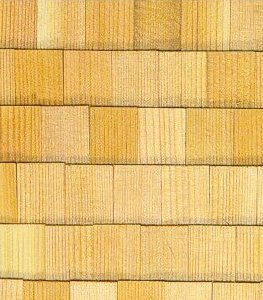

The individual fibres in this sample are around 10 µm in diameter.

The microscopic structure of paper: Micrograph of paper autofluorescing under ultraviolet illumination. In 1844, the Canadian inventor Charles Fenerty and the German inventor Friedrich Gottlob Keller independently developed processes for pulping wood fibres. In the 19th century, industrialization greatly reduced the cost of manufacturing paper. Because paper was introduced to the West through the city of Baghdad, it was first called bagdatikos. In the 13th century, the knowledge and uses of paper spread from the Middle East to medieval Europe, where the first water-powered paper mills were built. Although the veracity of this story is uncertain, paper started to be made in Samarkand soon after. It has been said that knowledge of papermaking was passed to the Islamic world after the Battle of Talas in 751 CE when two Chinese papermakers were captured as prisoners. The pulp papermaking process is ascribed to Cai Lun, a 2nd-century CE Han court eunuch. The oldest known archaeological fragments of the immediate precursor to modern paper date to the 2nd century BCE in China. The modern pulp and paper industry is global, with China leading its production and the United States following. The papermaking process developed in east Asia, probably China, at least as early as 105 CE, by the Han court eunuch Cai Lun, although the earliest archaeological fragments of paper derive from the 2nd century BCE in China. It is a versatile material with many uses, including printing, packaging, decorating, writing, cleaning, filter paper, wallpaper, book endpaper, conservation paper, laminated worktops, toilet tissue, currency and security paper and a number of industrial and construction processes.

Although paper was originally made in single sheets by hand, almost all is now made on large machines-some making reels 10 metres wide, running at 2,000 metres per minute and up to 600,000 tonnes a year. Paper is a thin sheet material produced by mechanically or chemically processing cellulose fibres derived from wood, rags, grasses or other vegetable sources in water, draining the water through fine mesh leaving the fibre evenly distributed on the surface, followed by pressing and drying. "Paper" in Traditional (top) and Simplified (bottom) Chinese characters


 0 kommentar(er)
0 kommentar(er)
